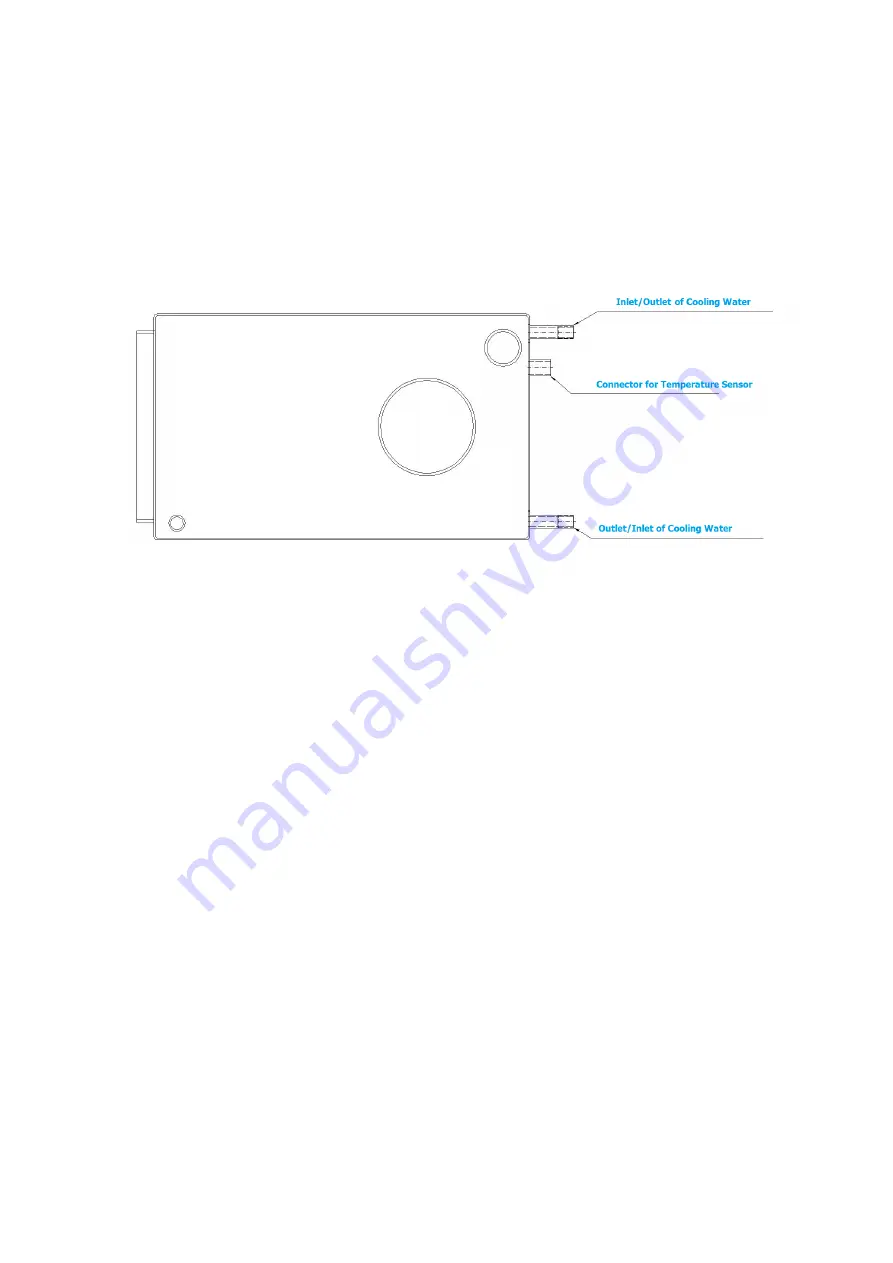
6
Removal of excess heat
D - boilers are equipped with a cooling safety exchanger against overheating of the boiler (Fig. 1), which provides
safe dissipation of excess heat not to exceed 110 °C. If boiler is overheated (water outlet temperature is higher
than 95 °C) safety valve (e.g: Danfoss BVTS, Honeywell TS 130 or WATTS STS 20) opens ap the cooling circuit
and the cold water begins to flow through the cooling heat exchanger boiler. After the temperature decreases, the
valve closes. Input water pressure just before the premium cooling circuit must be between 2-6 bar. Before
entering into the cooling water valve is recommended to place a water filter that needs to be checked and cleaned
regularly.
NOTE:
Excess hot water need to be removed directly to canalization. It must not be used for different purposes.
Fig. 1 Connection of cooling exchanger
5.
Heating System and Boiler Maintenance
You should check the water level in the heating system at least once in every 14 days. If necessary,
refill water. Refilling must at all times be carried out with the boiler out of operation. If, during winter
season, your boiler is out of operation, there is a danger that the water remaining in the system may freeze
causing damage to the system. In such an event use antifreeze designed for operation of heating systems.
Water should be pumped out of the system in exceptional cases only. If possible, drain the water from the
system for a minimum necessary amount of time. Thorough cleaning of the boiler after the end of a heating
season is essential.
6.
Fuel
The prescribed type of fuel is dry, two years old wood with 20 percent or less moisture content.
Logs: length 350 mm to 500 mm, calorific value of 14 – 17 MJ.kg
-1
and diameter ø 60-120 mm.

































